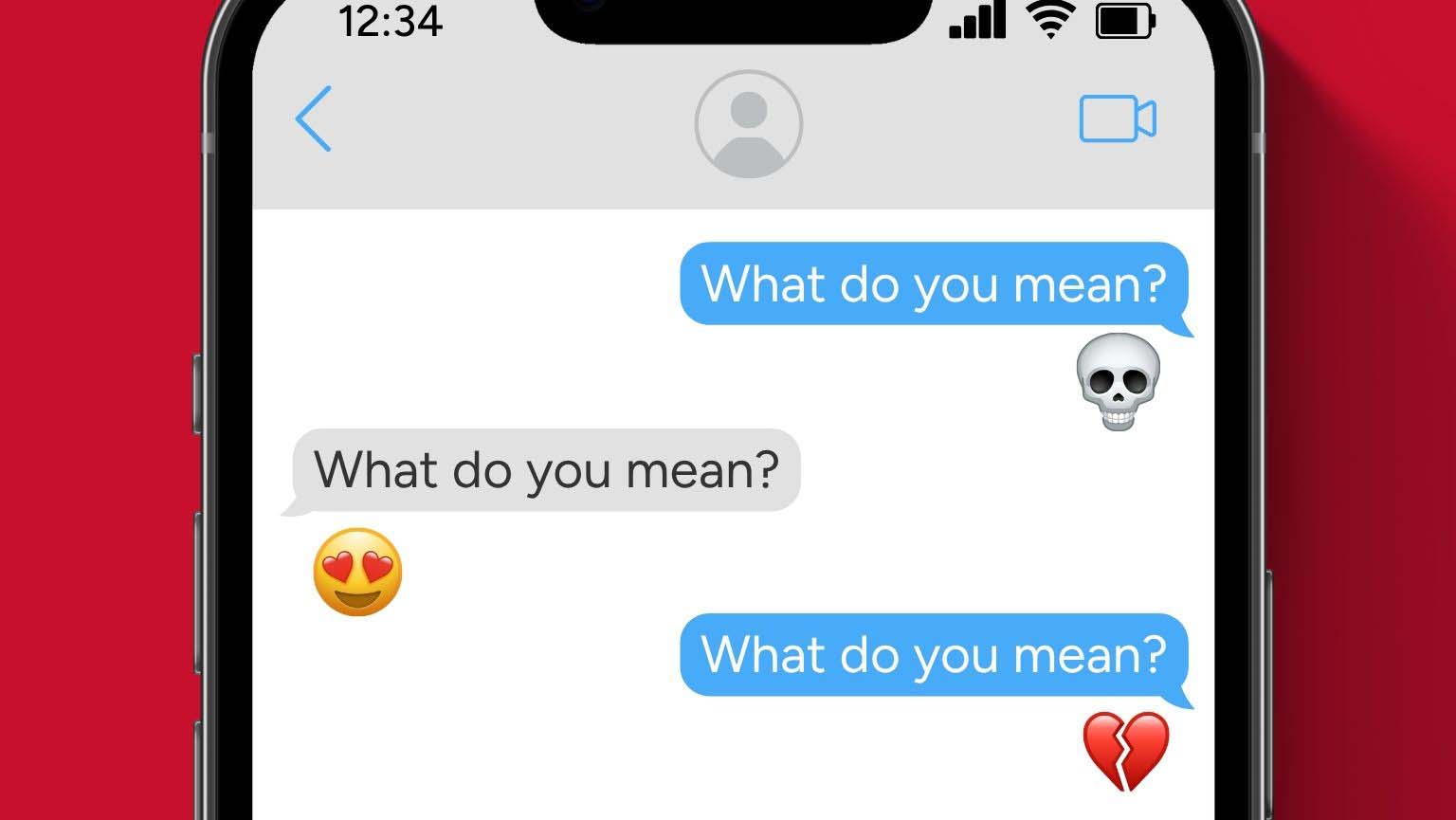Emojis may be seen as fun and colorful, but they’ve become a serious tool in consumer marketing strategy. New research by a Fairfield Dolan professor of marketing explores how a deep understanding of emojis—and their varying interpretations across generations—can significantly impact marketing effectiveness.
Close Menu
Fairfield University

©2025 Fairfield University



